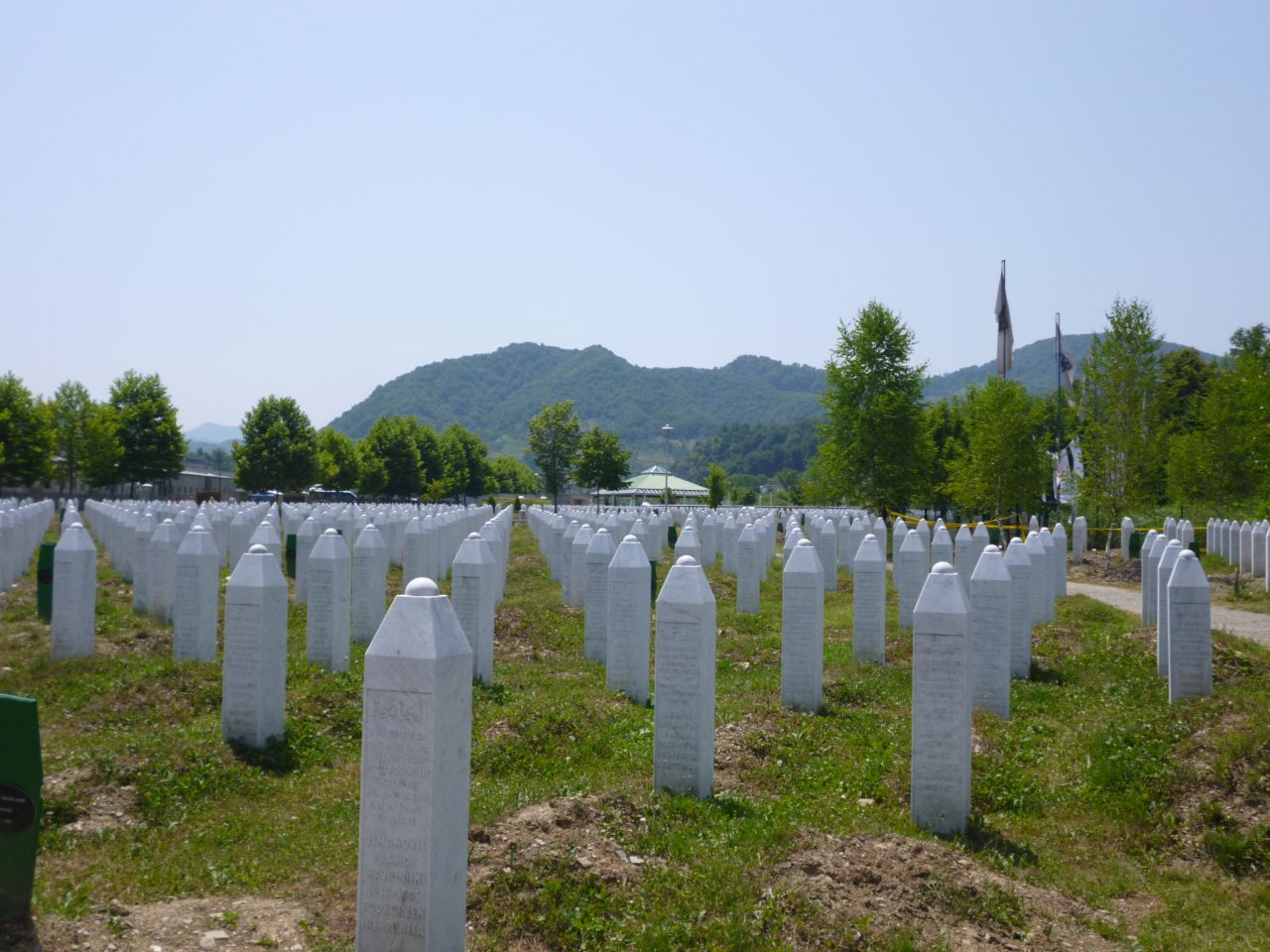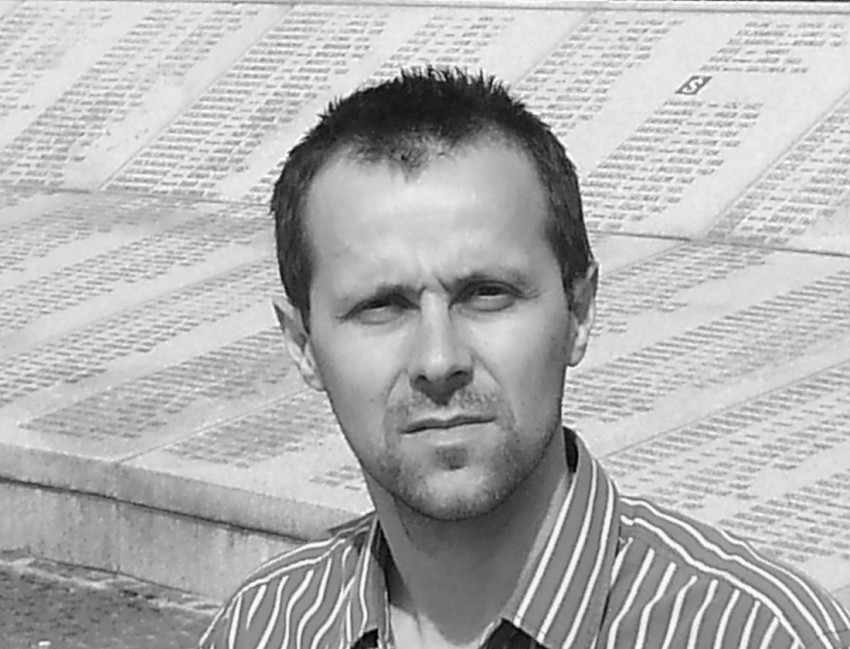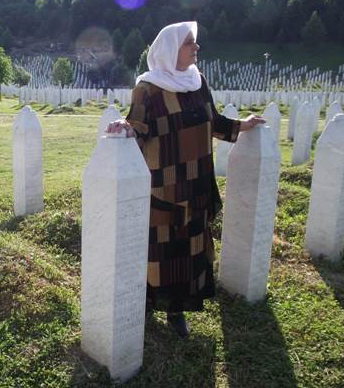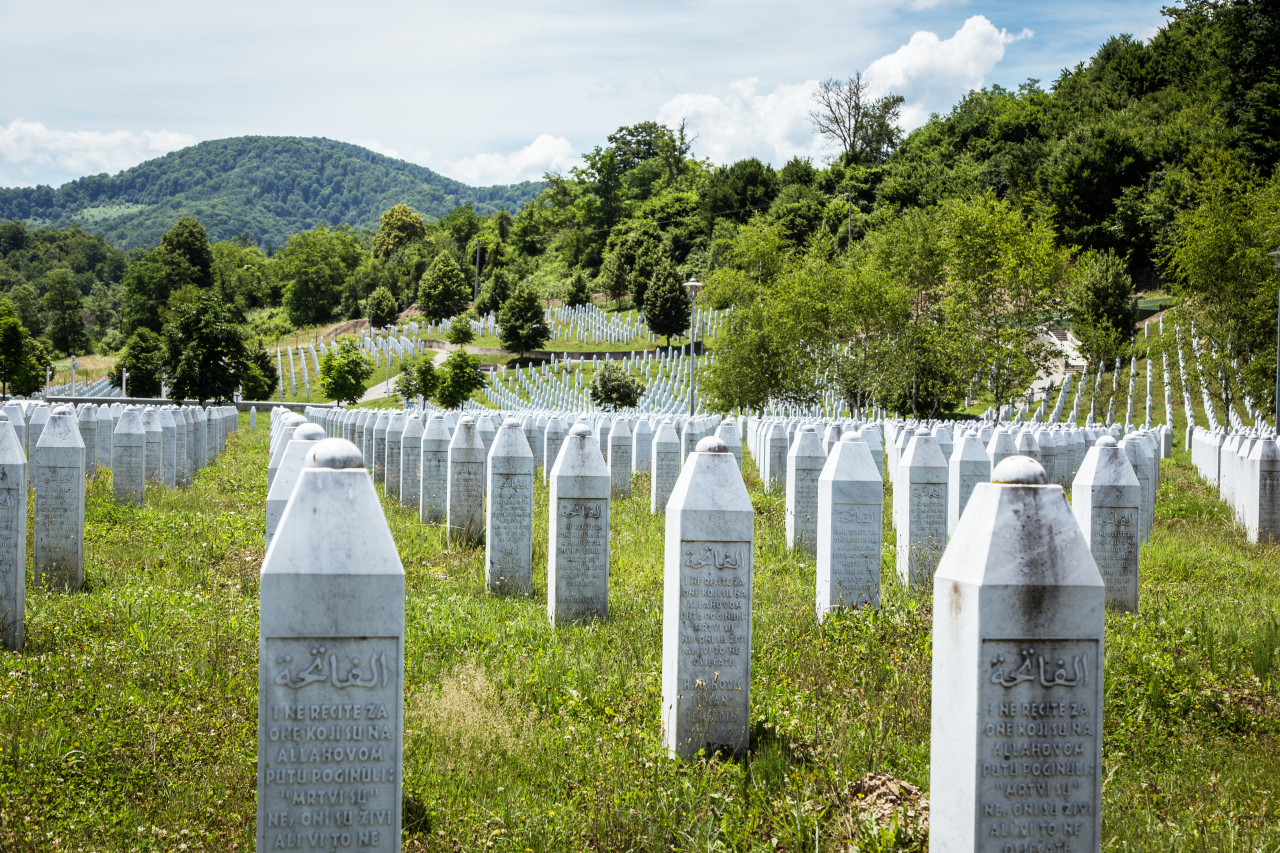Bosnia: 1995
In July 1995, with the back drop of the ongoing war, Bosnian Serb troops and paramilitaries led by Ratko Mladić descended on the town of Srebrenica and began shelling it. Around 8,000 Muslim men, and boys over 12 years old, were murdered in Srebrenica.
After the Second World War, Bosnia was one of six republics in the state of Yugoslavia. Marshal Tito ruled Yugoslavia from 1945 and succeeded in suppressing nationalist and ethnic tensions between the republics. However, following Tito’s death in 1980, nationalist parties began to gain power in the republics and in the early 1990s, Yugoslavia disintegrated into six states. When Bosnia declared independence in 1992, it soon descended into war.
The population of Bosnia and Herzegovina consisted of Bosniaks (Bosnian Muslims), Bosnian Serbs (Orthodox Christians who have close cultural ties with neighbouring Serbia), and Bosnian Croats (Roman Catholics who have close cultural ties with neighbouring Croatia). Bosnian independence was resisted by the Bosnian Serb population who saw their future as part of ‘Greater Serbia’. Bosnia became the victim of the Bosnian Serbs’ determined wish for political domination which it was prepared to achieve by isolating ethnic groups and, if necessary, exterminating them.
The Bosnian war resulted in the death of around 100,000 people, and the displacement of over 2 million men, women and children. A campaign of war crimes, ‘ethnic cleansing’ and genocide was perpetrated by Bosnian Serb troops under the orders of Slobodan Milošević (the President of Serbia), Radovan Karadžić (the Bosnian Serb leader), and Ratko Mladić (the Bosnian Serb commander).
In July 1995, Bosnian Serb troops and paramilitaries led by Ratko Mladić began shelling the town of Srebrenica. On 11 July, Ratko Mladić claimed Srebrenica for Bosnian Serbs. On 12 July, Bosniak men and boys over the age of 12 were forcibly separated from women and younger children, who were deported on trucks and buses.
The violence and killings culminated in a massacre that began on 13 July and lasted at least 72 hours, when around 8,000 Bosniak men and boys were murdered in and around Srebrenica. Many were shot in the act of trying to escape. Their bodies were bulldozed into mass graves and concealed.
The genocide at Srebrenica is the largest incidence of mass-murder in Europe since World War Two.
Watch our short film about the genocide in Bosnia:
Image: © Liam Hoare



